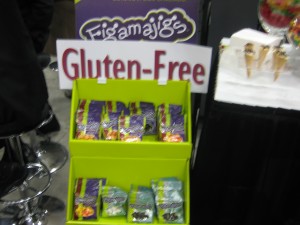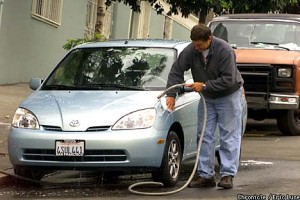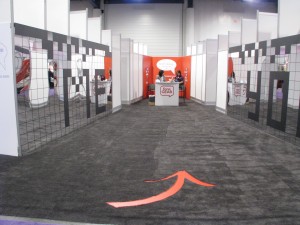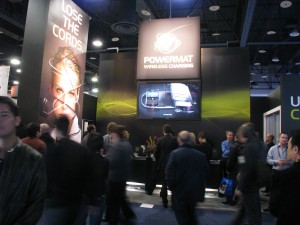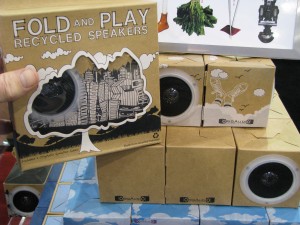A friend and colleague made me fret this morning. He visited my blog and happened to read one of my posts about Toyota where I talked about “my recent issues” with a link to another article. He naturally assumed these “issues” were related to my own branding or marketing problems, since that’s what he reads me for, and was surprised to find an article about an automotive company.
I brought this on myself, more or less intentionally, by taking what is mostly a marketing blog and turning it occasionally into a bully pulpit for my rants on other “issues”. Though I have to say that the original Prius battery failure post has become the second-most read post ever on Otisregrets. And that my food posts draw a small but loyal readership who come for nothing but the food. So I guess I will be keeping it up.
The name of this blog is a bigger problem. “Otis Regrets” has been around a long time, since 2004 when it began as a venue where students in my copywriting class could exchange ideas outside of class. The thought of making it SEO-friendly was far from my mind… what was a search engine anyway? But I’ve since become painfully aware that “Otis Regrets” is buried by queries for “Miss Otis Regrets” and you’re not likely to stumble upon this blog by name unless you’re also looking for Otis Maxwell.
So here’s the lesson or moral for today. When you put up your website, transferring a meatspace or bricks-and-mortar personal or business brand to the web, you hopefully heeded the advice to provide useful content, not puffery. But it may not have occurred to you that your very brand needed a new look. The web was just one conduit by which people are going to look for you and identify you. Now we’ve got Facebook, LinkedIn, Twitter, maybe Yelp, and all the Namez, Plaxos, etc etc that are going to link to these larger communities and referral services.
Think, as an example, about how your Facebook identity might show up in the newsfeed of someone who is a friend of your own friend or fan, but so far has no idea who you are. The brand needs to do some heavy lifting here. The new reader (who is a valuable referral because you’re connected through a friend) has to get an immediate positive idea of who you are and what you do. Traditional branding, even a traditional elevator pitch, takes too long.
The quality of your content… the news or activity that was quoted… has to do its part. But what about the brand itself? If it isn’t pulling its weight in terms of building instant appropriate comprehension, maybe it’s time for a change. I know I am thinking about this for my own brand, how about you?
